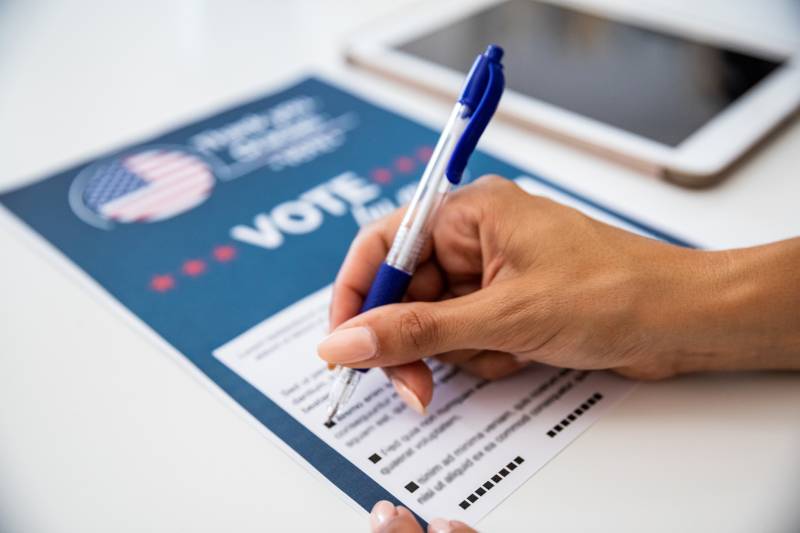Ahead of last week’s March 5 California primary election, a national campaign called “Vote Ceasefire” urged voters to use their ballots to send a message on Gaza to President Joe Biden — whose support of Israel has caused division among left-leaning voters.
Unlike other states, California ballots do not offer an “uncommitted” option. Instead, the Vote Ceasefire campaign suggested that California primary voters write in the phrase “cease-fire” in the blank space below the presidential candidates on their ballot.
But post-election, measuring exactly how many voters in California actually did this has not proved simple.
A national movement in California’s primary?
Fresno resident Dennis Jeppson is one voter who said he used a write-in on their ballot to send a message on Gaza to Biden. “I’m very much a supporter of Biden,” Jeppson said. “I do think he’s done an excellent job. … It’s just Palestine is a very hard thing to overlook as a voter.”
Jeppson said he was motivated to write in “cease-fire” on his ballot by what he described as a constant stream of images and videos of “horrifying things” happening in Gaza on his social media feed — and he said he is not seeing the U.S. doing anything to try and stop the violence actively. “It’s been a very, I feel, blasé response,” he said.
Gaza has been bombarded by Israeli forces for five months now, with over 30,000 Palestinians killed, according to the most recent numbers from Gaza’s health ministry. The violence has prompted thousands in the Bay Area to march in support of a cease-fire, and a UC Berkeley poll earlier this year found that 55% of registered California voters do not approve of President Biden’s handling of the conflict.

